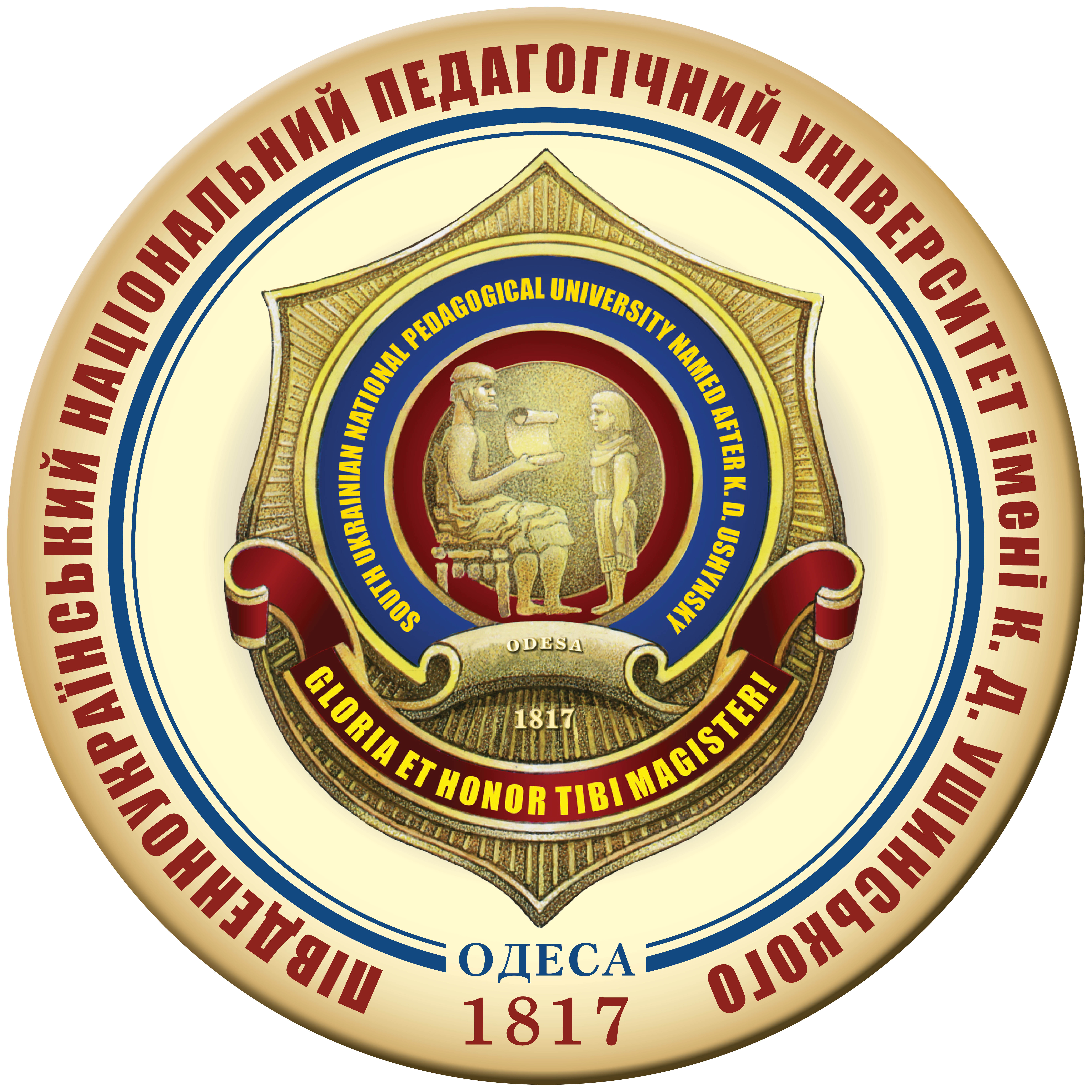METHODS OF DEVELOPING THE SPATIAL PERCEPTION OF YOUNG FIGURE SKATERS (7–9 YEARS OLD)
DOI:
https://doi.org/10.24195/olympicus/2024-4.8Keywords:
Spatial perception, figure skating, method, means, methodological techniques, coordinationAbstract
The article analyzes the development of the ability to spatial orientation in young skaters aged 7–9 years. Spatial orientation at this age is crucial for effective mastering of technical elements in figure skating, such as spins, jumps, step tracks, etc. Spatial orientation of figure skaters is an important aspect of the formation of their technique and accurate reproduction and performance of elements. It includes the ability to correctly assess the position of one's body in space, which is especially important when performing complex coordination elements. A well-developed ability to orientate in space is a component of coordination qualities and a necessary prerequisite for successful training in physical exercises and learning technical elements. This affects the speed, type and method of assimilation of the technique, as well as its further stabilization and situationally appropriate and varied application. In addition to the direct connection with the process of assimilation of technical elements, the ability to orientate in space is an important component of the organization of the training process, since there can be several groups of athletes of different training levels at the same time on the ice arena, which places increased demands on the organization of one's own motor actions. The article proposed methodological recommendations for the development of the ability to navigate in space, taking into account the requirements of the modern competitive program. The results were emphasized by applying tests on spatial orientation and statistical analysis of the results obtained by the method of expert evaluations. The proposed methodical recommendations can be useful for coaches in the process of training young athletes, ensuring the effective development of basic figure skating skills.
References
Downes L. Off-Ice Training For Figure Skaters Manual. SportsEngine. URL: https://cdn1.sportngin.com/attachments/document/f4d6-2150031/Sk8Strong_Manual.pdf (date of access: 02.07.2024).
Hegarty M., Waller D. A dissociation between mental rotation and perspective-taking spatial abilities, Intelligence. 2004. Volume 32, Issue 2. https://doi.org/10.1016/j.intell.2003.12.001.
Jansen P. The dissociation of small- and large-scale spatial abilities in school-age children. Percept. Motor Skills. 2009. V. 109. P. 359.
Kirchner G., Cunningham J., Warrell E. Introduction to Movement Education. 2nd ed. W.C. Brown, 1978.
Morris R.G., Parslow D. Neurocognitive components of spatial memory. Allen G.L., Haun D. (eds). Human spatial memory: Remembering where. Mahwah, NJ: Lawrence Erlbaum Associates, 2004. P. 217–220.
Mostaert M. Anthropometry, Physical Fitness and Coordination of Young Figure Skaters of Different Levels. International Journal of Sports Medicine. 2016. Vol. 37, no. 07. P. 531–538. https://doi.org/10.1055/s-0042-100280 (date of access: 04.07.2024).
Qurbon Qizi N. S. EFFECTIVENESS OF FORMING THE COORDINATION ABILITY OF 7-10-YEARS OLD FIGURE SKATERS. European International Journal of Multidisciplinary Research and Management Studies. 2022. Vol. 02, no. 11. P. 131–135. https://doi.org/10.55640/eijmrms-02-11-31.
Rimfeld K. Phenotypic and genetic evidence for a unifactorial structure of spatial abilities /et al. Proceedings of the National Academy of Sciences. 2017. Vol. 114, no. 10. P. 2777–2782. https://doi.org/10.1073/pnas.1607883114.
Shakeshaft N., Rimfeld K., Schofield K. et al. Rotation is visualisation, 3D is 2D: using a novel measure to investigate the genetics of spatial ability. Sci Rep 6, 30545 (2016). https://doi.org/10.1038/srep30545
Stevens-Smith D. Teaching spatial awareness to children. Journal of Physical Education, Recreation & Dance. 2004. Vol. 75(6):52.4. URL: https://www.tandfonline.com/doi/pdf/10.1080/07303084.2004.10607258








